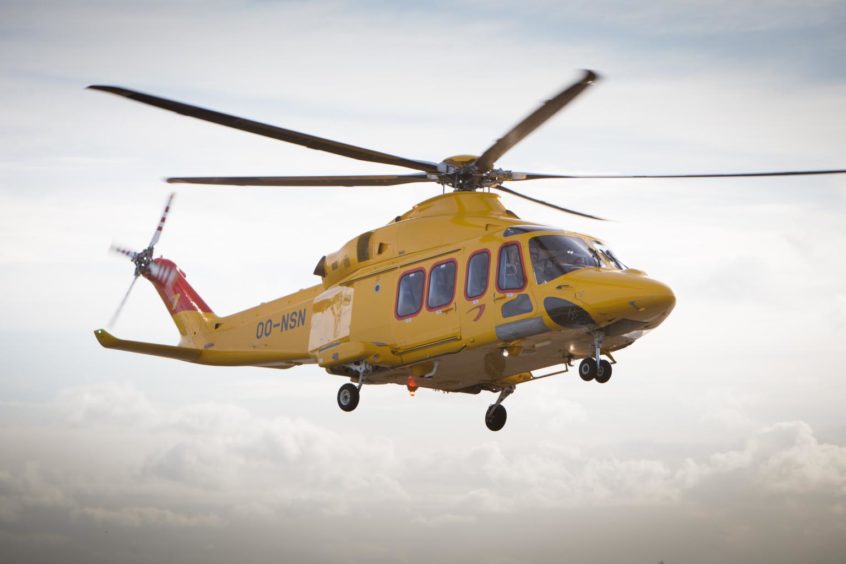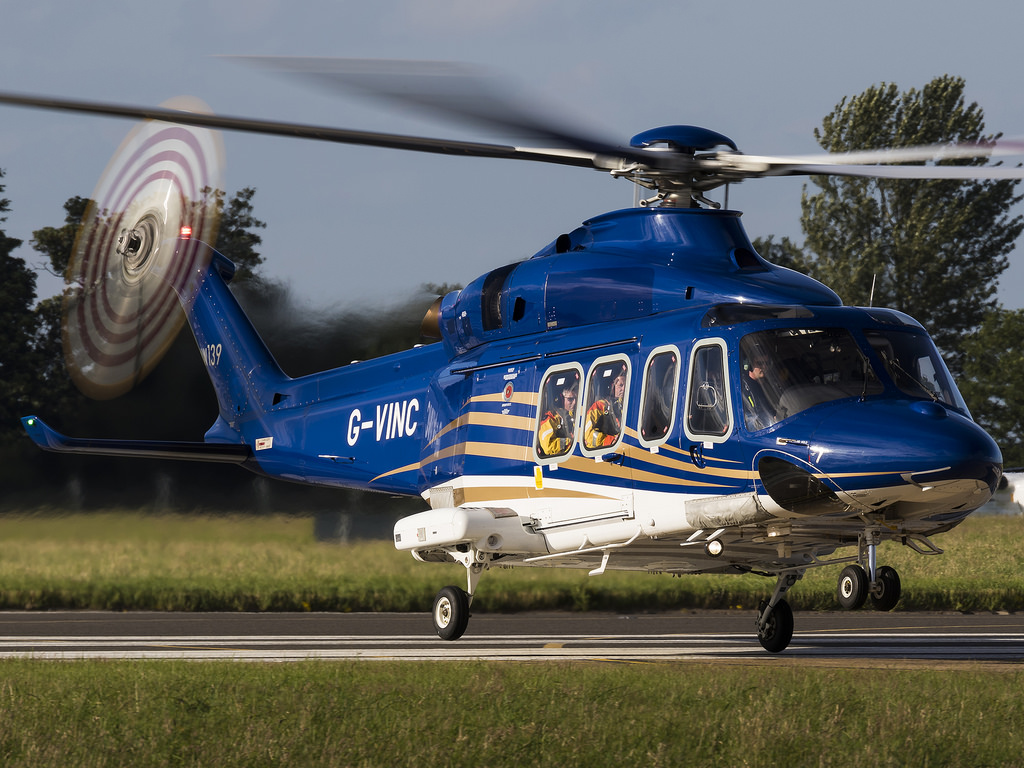
Aviation authorities have issued an emergency airworthiness directive relating to the Leonardo AW139 helicopter used in North Sea offshore operations.
The European Aviation Safety Agency (EASA) directive relates to the helicopter’s main landing gear (MLG) shock absorber.
The EASA received reports of “occurrences of a broken eye end of the MLG shock absorber piston rod” of the AW139.
Subsequent investigation determined the cause of the damage was fatigue cracking, and the EASA said the condition “could lead to structural failure of the main landing gear possibly resulting in damage to the helicopter and injury to occupants” if not detected and corrected.
The EASA said Leonardo issued the emergency alert to provide inspection and replacement instructions for the affected part based on the number of landings undertaken by AW139 aircraft.
AW139 North Sea operators
The AW139 is used by a number of offshore operators, including NHV, CHC, OHS, Bristow and Norway’s Lufttransport on behalf of Equinor.
According to Offshore Energies UK, around 15 AW139s are currently operating in the UK continental shelf.
A spokesperson for OHS told Energy Voice: “We continue to operate the aircraft in full compliance with all regulatory and OEM requirements.
“Currently our operation is unaffected, and we will continue to monitor the situation.”
Meanwhile, a spokesperson for Bristow said its two AW139 aircraft based in Norwich are also unaffected and the company “meet or exceed all requirements as laid down by regulators”.
Similarly, a spokesperson for NHV said: ‘’We are aware of the safety directive and NHV can confirm this has been implemented across our fleet of AW139 with nil findings, there has been no disruption to our operations.’’
Energy Voice contacted Leonardo and the Civil Aviation Authority for comment.
In 2019, a North Sea AW139 helicopter had to return to base in Aberdeen after parts detached during a flight.
The AW139 was involved in another incident in the Arabian Gulf in 2017 when its pilot ditched the aircraft after engine oil temperatures raised to dangerously high levels.
The EASA also previously issued airworthiness directives for the AW139 relating to a type of rotor component in 2017.
Recommended for you

